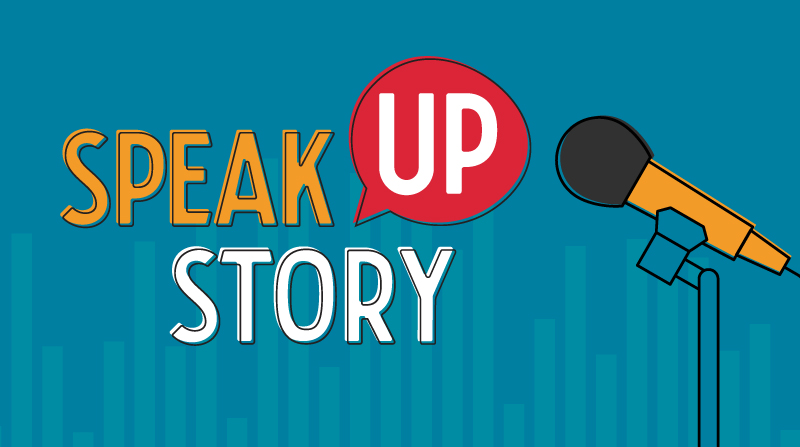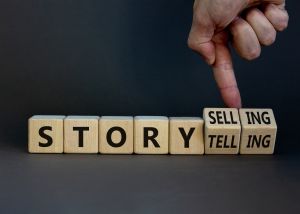🎤 + CARMINE GALLO = NO TECHNIQUE IS 100% GUARANTEED, BUT TELLING PERSONAL STORIES COMES CLOSE.
OUR BRAINS PROCESS STORIES LIKE COMPUTERS PROCESS CODE:
We literally can’t help it. Stories are part of our everyday life.
HERE’S WHY IT MATTERS:
Ashley Fell, author of The Visual Mind: Why storytelling is so powerful in this digital era, said it best when she said: “The brain is more naturally wired to engage with the human, with the relatable, with a story than with just data, information and complexity alone.”
It is more than just a good strategy.
Stories are a shortcut to your influence.
They are simple, but, as many of us know, not easy.
Before our Mic Check, I have a disclaimer: Weekly newsletters will only partially develop your storytelling skills.
Storytelling is both an art and a science – both require courage (to tell the story) and commitment (to work to plan the story). Keep that in mind as you try these strategies on for size:
🎤 MIC CHECK: STORYTELLING STRATEGIES FOR EFFECTIVE
COMMUNICATION
Here are three “Ss” to Storytelling:
1. SPINE.
Borrowed from acting techniques, the idea is to identify the central motivation or desire driving your main character. Think of this as the backbone of your story. When the character’s core needs are met, their world is inv harmony; if not, conflict arises. Understanding your story’s spine helps you maintain focus and makes it easier for your audience to relate to the character’s trials and tribulations.
2. WHAT’S AT STAKE?
This question helps you examine the potential consequences your main character will face if they do or don’t get what they want. It’s the essence of tension and conflict. Identifying what’s at stake sharpens your narrative and enhances the audience’s emotional investment. They start to care deeply about whether your character succeeds or fa
3. SHOW, DON’T TELL.
Instead of merely saying, “I’m very nervous,” you could paint a vivid picture by saying, “My hands were sweating, and my heart was beating out of my chest.” This strategy invites your audience to experience the emotion rather than just hearing about it. Using descriptive language and focusing on relevant details makes your story come alive. Your audience can better visualize the events, increasing their engagement and emotional connection
These are just three of my five “S” strategies for effective storytelling.
Am I going to really leave you hanging like that?
Well, an element of great stories is mystery and surprise, so you bet I am.
Want to know the rest? Click the Youtube video link below for the full rundown!
Keep speaking up your story,

ENCORE: MORE TO EXPLORE

STORYTELLING STRUCTURE FOR SPEECHES
This video unveils the secrets to crafting compelling speeches, and emphasizing how a well-structured narrative can transform a speaker into a captivating storyteller and leader.

THEN THERE WAS THE TIME MY STORY WAS INTERRUPTED BY BATS…
I want to emphasize the importance of understanding the “why” behind sharing one’s story, illustrating how personal narratives serve others and how facing vulnerabilities can lead to personal development.



